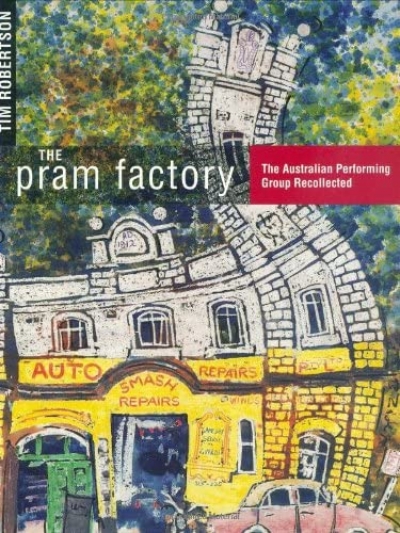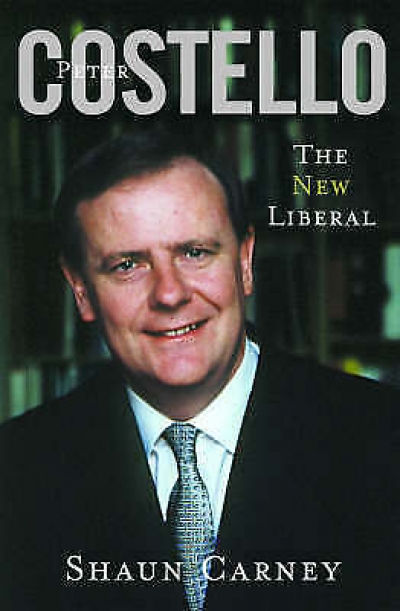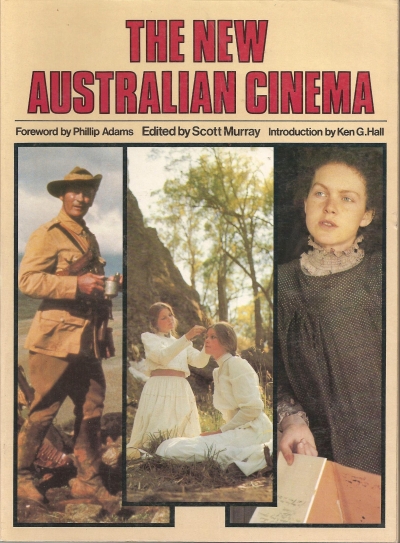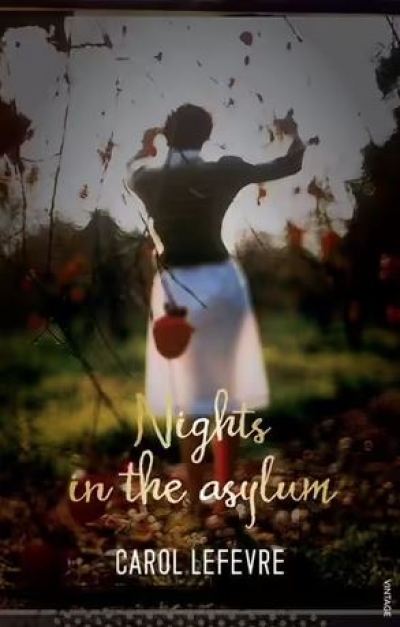Archive
The Pram Factory: The Australian Performing Group recollected by Tim Robertson
The most imaginative, although in all probability the least politically effective, of the campaign badges produced for the current Australian elections is the ALP Badge, ‘the light on the hill’. The badge, a simple cloisonne in blue and red with gold wire, symbolises the hopes of that great Australian, J.B. Chifley.
... (read more)American authors and publishers like to choose sides. The adversaries are seldom strictly Authors v Publishers – some best-selling novelists often join the publishers’ team, and publishers of new fiction like Farrar, Straus & Giroux line up on the authors’ side. Last May the battleground was drawn again in the national Book Awards (that’s not the old capital-N National Book Awards, or the NEA, but the new capital-T The American Book Awards, or TABA).
... (read more)Publishing non-fiction books for young adults and children demands creativity, invention and a dash of bloody-mindedness. Our relatively small population means that non-fiction books must make their way in an ever-tightening market. Big-budget ‘wow factor’ titles like the design-heavy Pick Me Up (Dorling Kindersley) and the best-selling The Dangerous Book for Boys (Conn and Hal Iggulden) are largely beyond the scope of the domestic market. Both have been international hits. Without the audience base to launch such books, Australian writers and publishers must work to a tight brief, navigating between the relatively small market and the diminishing school library budget. To succeed, these books need to work outside the school context as well as within.
... (read more)The bar is set high
It was a great pleasure to read this year’s Calibre winning and commended essays in ABR. The essays written by Jane Goodall, Kevin Brophy and Rosa-leen Love continue the impressive tradition inaugurated by Elisabeth Holdsworth with her memorable work that won the first Calibre Prize. The bar is set high.
... (read more)New Partner for ABR
Let’s be candid. Producing a magazine of this kind is not easy in a country with a small population and one where the life of the mind (even if not ‘the least of possessions’, to quote Patrick White) rarely commands the attention or glamour often associated with sporting events and other fashionable distractions.
... (read more)A new prize for Miles Franklin
Miles Franklin turns fifty this year. Well, 128, to be strictly biographical. Three years after the death of Miles Franklin (1879–1954), the inaugural Miles Franklin Literary Award was inaugurated. This year, the judges have rather more money to present ($42,000) than they did in 1957, when Patrick White’s Voss won the Award.
... (read more)



